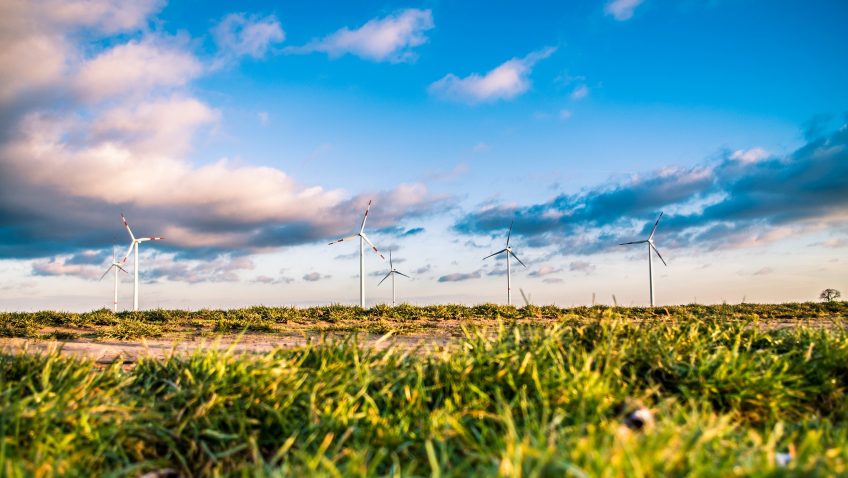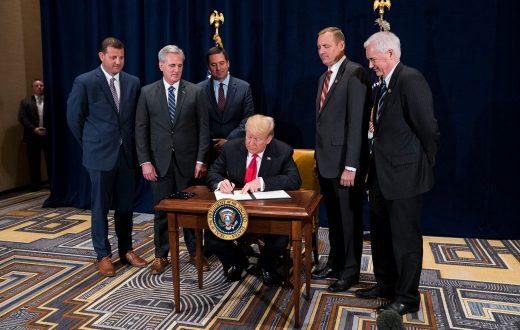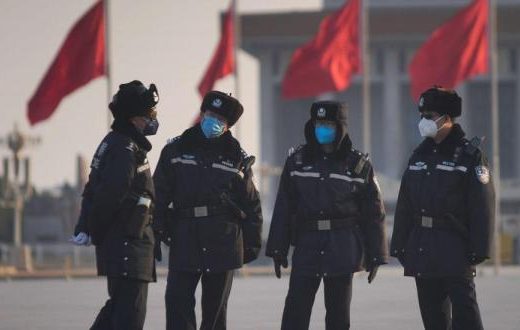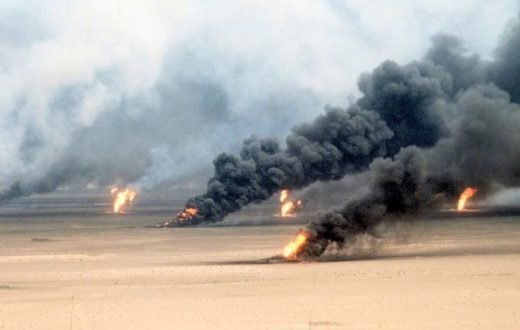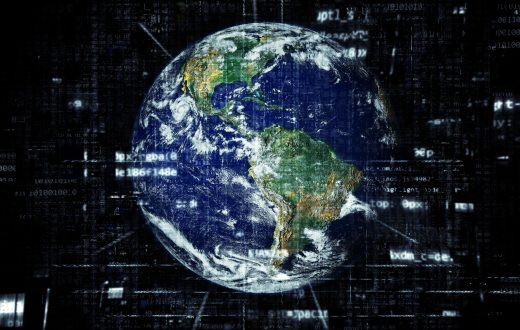“The pressing issue now is how to retain the environmental benefits post the COVID-19 epidemic shrinks, and takeaways to replicate from this crisis-response in the pursuit of sustainable, low carbon economy” – Tsewang Nuru Sherpa
We are currently residing in one of the most challenging times of the year, as repercussions manifested in our lives due to the outbreak of the novel coronavirus, COVID-19. The collective global effort to fight the virus is in full swing, with medical practitioners incorporating all the strategies for vaccine developments, and philanthropist donating money to various health and food institutions. The plethora of never-ending news coverage and discussions dominated by the subject of COVID-19 has made us ponder the foreseeable future. For sure, its inextricably hard to fathom the situation right now, with people losing their jobs, education institutions halting the progress of the courses, and continuity of apprehension on the health of our beloved ones.

The severe effects of the societal disruption manifested in a low level of fossil fuel consumption and carbon dioxide emissions are clearly evident, with significant reductions of carbon emissions as global tourism and travel declined exponentially, and pollution has decreased dramatically. China experienced an unprecedented decline in carbon emission with an estimated 18% between February and March, as highlighted by the CarbonBrief. Following the same trend, the European Union also recorded a decline in power demands and consequently caused the emission to fall by tentatively 400 million metric tons. The global carbon emission trend has flattened while the curve of the virus outbreak has elevated.
Despite both COVID-19 and Climate crisis being deeply rooted in the abusive economic behavior, and with their similar threat to civilization, the response towards both of these crises has been different. As COVID-19 catapulted an immediate threat, the subject received a rapid response. However, the same scenario is not reflected in climate change stories. Therefore, how can we ensure that the equivalent level of urgency and speed in taking action is replicated evenly with the climate change crisis? One way of differentiating the subject of COVID-19 and climate crisis lies in the temporal variability. The existence of climate denial, as well as the slow emergence of the consequences that are felt sporadically and unevenly, can be attributed as one of the reasons why climate change evokes a muted response. On the other hand, pandemics and outbreaks are transmissible, and their rapid rate of infection evokes urgency and danger, that shocks people into taking immediate actions. During a time of life and death, people become responsive and receptive to taking actions to combat the risks. In the past few years, as a result of Climate change, many deaths and casualties have been recorded, but immediate responses have not been deployed. As evidenced by the report on the World Economic Forum (WEF), people inspired by the sole idea of ultimate salvation act on the immediate demand of the near future. With the lockdown being lifted, China has already experienced a resurgence in the level of carbon emissions. Currently, our environment is clear. However, much of the production will ramp up once everything gets back to normalcy as evident by the factories in china. Thus, the underlying question is how do we maintain the stability in the environmental benefits after the end of the COVID-19 outbreak, and how should the environmental pursuit be designed to have a speedy response like allocated for the COVID-19? One of the strong takeaways from the COVID-19 crisis is that governments are capable of taking actions and creating change. The climate emergency imposes the same level of risks as COVID-19 did and should be treated with equanimity and austerity.
This April 22 marks the historic 50 years of earth day ever since it was first launched in 1970. The theme for Earth Day 2020 is climate action. Today, climate change represents the biggest challenge to the future of humanity and the interconnected support systems that make our world habitable. Thus, the recovery effort from the virus must be reckoned with climate change.
Taking Action
COVID-19 can be plausibly deemed as the biggest global threat since world war II. However, the long-term effects of climate change relatively outweigh the virus outbreak. But if there is one similarity that binds these two crises is that both demand a high level of global cooperation. Both of these problems require government leadership. The government leadership is paramount in inventing policy that is directed in an ecologically and environmentally sound direction. The green stimulus must be outlined, which equivalently aligns with health care priorities. As governments in different regions of the world, right now embark on the colossal undertaking of concocting stimulus and recovery packages, it is paramount to accelerate the shift towards sustainable, decarbonized economies and resilient societies. The energy transition must be highlighted as the core part of the recovery measure, in the pursuit of a resilient future. Energy transitions are already soaring around many parts of the world as evidenced by the formulation of policy frameworks and cheaper forms of energy such as solar photovoltaic (PV) and wind power.
The valuable lessons must be learned from the responses directed towards to the COVID-19 and must be replicated to the climate emergencies as well, by incorporating health equity at the core level of all the policymaking, and creating behavioral changes our consumption pattern to reduce global emissions, and successfully reach the targeted 1.5 degree Celsius targets of achieving a sustainable global green economy. Some of the core preventive mechanisms that we have adopted for COVID-19 can be accustomed to our daily lifestyle post the crisis: commuting less, reducing household waste, and promote local supply chains.
The science behind climate change has not changed, as we continue to see growth in the emissions level, while global warming impacts have intensified the challenges on all the social, and economic levels. Yes, the virus has caused a temporary decrement in the emission level but the schadenfreude of celebrating this only renders our sadistic nature, as a result of the lockdown, jobs have vanished steering sheer chaos and ambiguity amidst the social and economic spectrum. Thus, the stimulus and recovery measures to combat the outbreak should be able to enrich economic amelioration and provide employment opportunities, emphasizing on social equity and welfare. Countries around the world must stand in solidarity and cooperate for the greater purpose and ambition of transitioning to a sustainable, low carbon economy that limits global warming to 1.5 degrees Celsius.
Photo Credit- Middlebury Institute of International Studies

